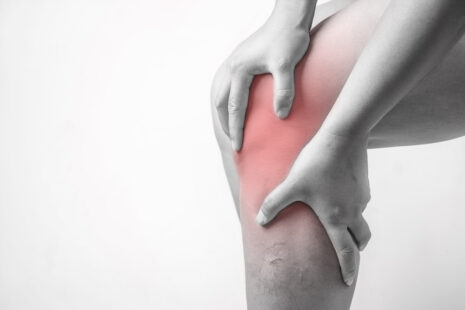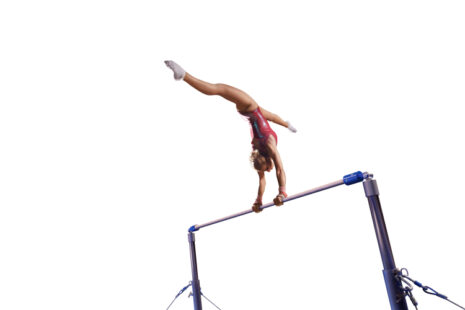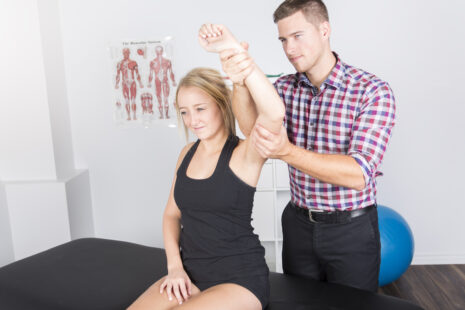“Gymnast wrist,” also known as “gymnast’s wrist pain” or “gymnast’s wrist injury,” is a common overuse injury that affects gymnasts, particularly those who engage in high-intensity training and competitive routines. It refers to a range of wrist injuries and conditions that result from repetitive stress, strain, or trauma to the wrist joint and surrounding structures. Gymnast wrist typically manifests as pain, tenderness, and swelling in the wrist area, often exacerbated by weight-bearing activities, such as handstands, tumbling, and weight-bearing exercises on bars and beams.
Several specific injuries and conditions may be encompassed under the term “gymnast wrist,” including…
- Wrist Sprains – Gymnasts may experience sprains or ligament injuries in the wrist joint due to sudden impacts, falls, or improper landings during routines. Wrist sprains can result in pain, swelling, and instability in the affected joint.
- Wrist Tendonitis – Tendonitis, or inflammation of the wrist tendons, can develop in gymnasts due to repetitive stress or overuse of the wrist joint. Tendonitis may affect various wrist tendons, including the flexor tendons on the palm side and the extensor tendons on the back of the hand.
- Wrist Fractures – Gymnasts are at risk of wrist fractures, particularly stress fractures, caused by repetitive loading and impact forces on the wrist bones. Stress fractures may develop gradually over time due to repetitive stress, while acute fractures can occur from sudden trauma or falls during training or competition.
- Growth Plate Injuries – In younger gymnasts, growth plate injuries or stress-related changes in the wrist bones may occur due to repetitive stress or excessive training loads. Growth plate injuries can disrupt normal bone growth and development, leading to pain, swelling, and functional impairment.
- Wrist Instability – Chronic stress or trauma to the wrist joint can lead to instability or laxity of the ligaments, resulting in abnormal movement or alignment of the wrist bones. Wrist instability may predispose gymnasts to recurrent injuries and functional limitations.
Management of gymnast wrist typically involves a combination of rest, activity modification, physical therapy, and rehabilitation exercises to reduce pain, improve wrist strength and flexibility, and prevent further injury. In severe cases or when conservative measures fail to alleviate symptoms, surgical intervention may be necessary to repair damaged tissues or stabilize the wrist joint. Prevention strategies for gymnast wrist include proper technique, gradual progression of training intensity, adequate rest and recovery, and adherence to safety guidelines and equipment recommendations. Regular monitoring of wrist health and early intervention for symptoms can help minimize the impact of gymnast wrist and promote long-term athletic success and well-being.




